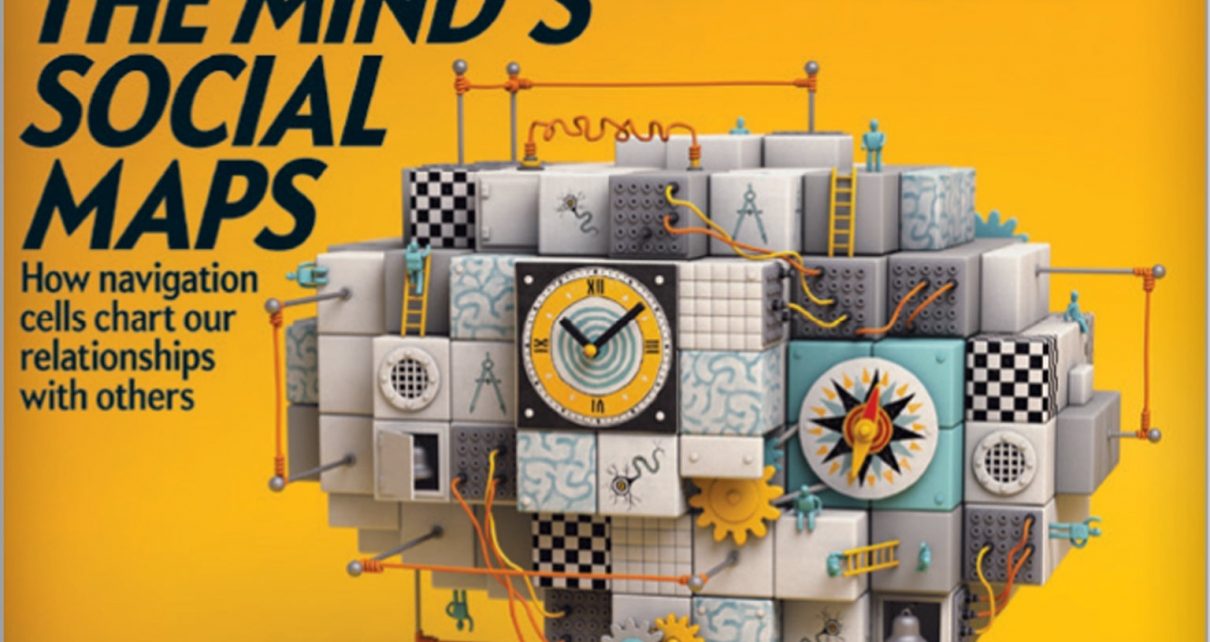SURGICAL DISCRETION
As an M.D., I’d like to applaud Claudia Wallis’s review of the ISCHEMIA and CABANA trials of treatments for particular heart conditions in “The Case for Less Heart Surgery” [The Science of Health]. As she says, those trials conclude that stenting or bypass surgery for stable coronary artery disease—in which coronary arteries are narrowed—and ablation for atrial fibrillation—in which the heart beats irregularly—may help patients feel better, but they won’t live longer.
In fact, we physicians have been aware of this concept for quite some time. A difficulty we have is imparting it to our patients. I can attest that they don’t feel comfortable with the idea of treating a blockage with medication alone. If they know there is an 80 percent narrowing in one of their heart arteries, they will feel better if it’s “fixed” by stenting. But by cracking open a stable narrowing, we would actually increase the risk of an abrupt closure and would have to give those patients more potent antiplatelet medications than aspirin while the lesion heals after the procedure.
The times that stents and bypasses are going to prevent death is when patients have unstable lesions that are at risk of occlusion. That’s why these procedures do prevent catastrophes in high-risk patients but not in stable ones, for whom the risk of abrupt artery closure is very low.
There have been many cases in the past where those in the media have helped promote the fallacy that after finding a narrowing in someone who is stable, even someone without symptoms, we can prevent a heart attack simply by stenting it. I’m glad that Scientific American holds itself to a much higher standard.
BRADLEY J. DIBBLE PACE Cardiology, Ontario
HYDROGEN POWER
In “The H2 Solution,” Peter Fairley discusses how hydrogen could be utilized as part of efforts to fully adopt renewable power. He writes that “solar and wind energy would split a limitless resource—water—to create hydrogen for electricity.” But I question the term “limitless,” in view of freshwater shortages around the globe. Could the electrolyzers he describes use seawater?
Additionally, I wonder if scientists have speculated whether or not the widespread production of renewable hydrogen would significantly increase the amount of oxygen in the atmosphere.
EDWINNA BERNAT Shepherdstown, W.Va.
FAIRLEY REPLIES: Readers are right to watch out for any new technology’s unintended consequences. Researchers’ calculations, however, indicate that a shift to wind and solar power—plus the electrolyzers required to convert some of their renewable energy to hydrogen—would use far less water than today’s fossil-fuel power plants. And some of the water used would be regenerated by fuel cells or turbines that turn hydrogen back into electricity.
The reactions in both devices produce one molecule of water for every molecule of hydrogen consumed. Those reactions also consume oxygen, so even though oxygen is released by electrolyzers during hydrogen production, the system overall is unlikely to raise levels in the atmosphere.
SOCIAL BRAIN MAPS
In “The Brain’s Social Road Maps,” Matthew Schafer and Daniela Schiller describe exciting observations that the hippocampus, traditionally thought to be specialized for memory alone, may have cells used for social dynamics. We suggest that this arrangement would explain why many people with synesthesia, in which senses are mixed up, may make remarks such as “December is a fat, stupid man with a limp, and he is in love with February, who is a jolly and mothering presence.” Curiously, in such cases, if names for two nonsequential months are placed next to each other, then two sets of emotions start blending or clashing unless a line is drawn between them, which stops the interaction. The sensory barrier becomes a conceptual-metaphorical one.
Calendar synesthesia, seen in 1 to 2 percent of the population, may involve the neural circuitry the authors describe. The calendar envisioned by people with this condition can take idiosyncratic shapes, with months set in specific fonts. Our mental calendar involves circuits in the left angular gyrus, important for sequence discrimination and connected to the same hippocampal place cell or grid cell via a band of fibers: the inferior longitudinal fasciculus.
We suggest that in calendar synesthesia, these connections are strengthened to the point of resembling real images. For example, if a calendar is projected on vertical stripes, subjects see moiré interference at the fringes. If the stripes are tilted, they see the calendar as tilted in the opposite direction. If they turn their head to the right, memories of the calendar’s left side become inaccessible to them. Musical scales in the Indian melakarta system, which are classified into a spatial grid of 72 ragas, evoke highly distinctive and elaborate emotions and may also utilize the same map.
VILAYANUR S. RAMACHANDRAN
ZEVE MARCUS University of California, San Diego
I am mildly on the autistic spectrum, and the article by Schafer and Schiller spoke to me. I am fairly certain that people with autism have different social maps (and not just interactions) from those who do not. I wonder if anyone is doing research on how the neural circuitry that the authors discuss could also play a role in autism—that is, whether we not only build different maps but have a completely different way to “analyze” social relationships.
ALEXANDER DUFFY via e-mail
When Schafer and Schiller mention that “the brain has a knack for finding alternative routes,” I am reminded of construction scheduling, in which those routes are the many possible paths through the activities that have to be completed to finish a project. They can be shown on a diagram connected by arrows indicating which tasks can be performed after one is finished. Arriving at a “critical path” in such a diagram requires calculating the duration of every possible path and choosing the one that gets the job done quickest. Before computers, a good engineer, or a team of them, could finish complicated projects under budget and on schedule with a hand-drawn diagram.
TERRY HERLIHY Chicago
SCIENCE SUPPRESSION
Chuck Hagel’s January 2020 article “Stop Suppressing Science” [Forum] was a welcome read at a time when evidence-based policy making is indeed under sustained assault. Former secretary of defense Hagel outlines federal legislation to protect national government employees and the scientific process from politically motivated interference by the executive branch and its friends. Let’s hope that new laws in this area are indeed enacted by a future, wiser administration.
Legislative action is also required, however, to help scientists who are highly vulnerable to repressive actions by state politicians beholden to local (or national) interests. Employees of public universities or agencies are particularly at risk. One needs only to recall climate scientist Michael Mann’s experiences at the hands of Virginia’s attorney general when Mann was employed at the University of Virginia and the harassment of seismologist Austin Holland by the University of Oklahoma’s administration when he headed the state’s Geological Survey.
JOHN P. MOORE
Weill Cornell Medicine and Scientific American’s Board of Advisers



